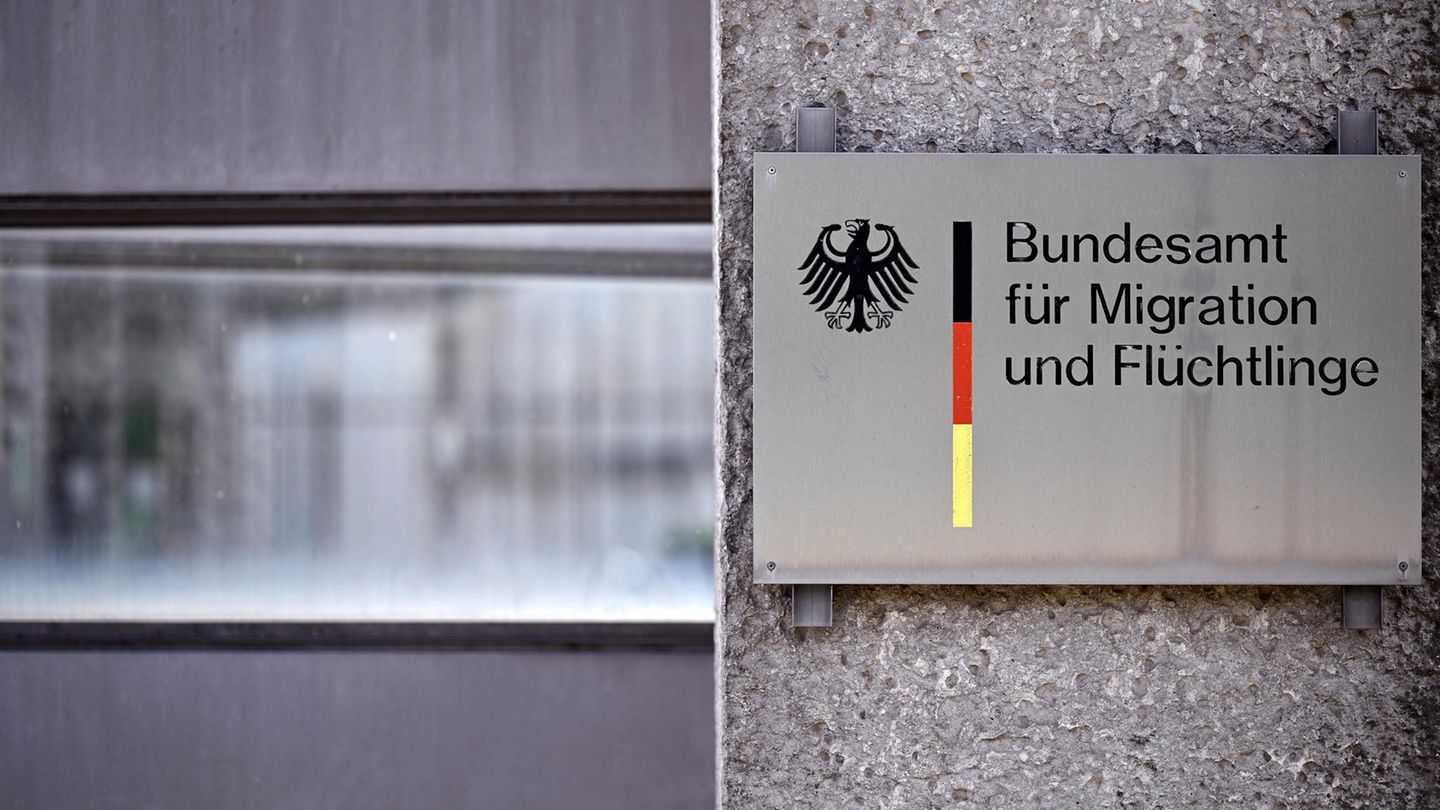At the meeting of the Prime Ministers, in addition to migration policy, a legendary decision will probably also be discussed: the asylum compromise of 1993. What’s behind it.
Why don’t we do it like we did in the ’90s? This question is heard more often in the discussion about refugee policy, and Michael Kretschmer has now raised it again. The world has changed, Saxony’s Prime Minister stated in the “Tagesspiegel”, and as a result the basic right to asylum must also change. The asylum compromise from the 1990s could be a model for this.
What is meant is the new regulation of asylum law, which was passed in the Bundestag on May 26, 1993 and is now used, particularly by the Union, as an example of how the number of asylum seekers can be significantly reduced. If you – i.e. the traffic light government – really want that, it resonates.
In fact, there are similarities between then and now. But this also applies to a false assumption that was linked to the consensus between the coalition and the opposition at the time.
Is an asylum compromise 2.0 needed?
The fact that Kretschmer is now bringing an update to asylum law into play is probably also due to a special date for Saxony’s father. The CDU politician has taken over the rotating chairmanship of the Prime Minister’s Conference – abbreviated to “MPK” in technical jargon – and is leading the three-day annual conference, which will take place in Leipzig from this Wednesday. The program of the heads of government of the federal states includes energy prices, aid for the car industry, but also migration policy.
Kretschmer wants to provide an impetus here and talk to his colleagues about “new instruments” for more returns and better integration. “But above all it’s about reducing the number of people moving in,” Kretschmer emphasized in the newspaper interview and also provided an order of magnitude for him. In the coming years, the number of asylum seekers should be closer to 30,000 per year, says Kretschmer. In the current year, almost 200,000 people have applied for asylum in Germany, including 180,000 initial applications (in the period from January to September).
The corresponding measures would then be derived from an “agreement” on such a reduction, said the CDU man, who also appealed to the SPD prime ministers. They have a “responsible” view of the current situation and are much closer to reality than the SPD faction. Brackets: Who also belongs to Chancellor Olaf Scholz and, from a Christian Democratic perspective, has announced a lot in refugee policy, but has not delivered enough.
So another asylum compromise like in the 1990s? In view of the increasing number of asylum seekers and overburdened municipalities, the coalition of the CDU and FDP with the opposition SPD set the goal of speeding up asylum procedures and preventing “asylum abuse”. By amending the Basic Law, they restricted the originally unrestricted sentence in Article 16 (“Politically persecuted people enjoy the right to asylum”) and established the new regulation of asylum procedure law in Article 16a. The “third country regulation” was introduced, according to which there is no entitlement to asylum if someone enters via an EU country or another neighboring country of Germany. Refugees also lose their right to asylum if they come from “safe countries of origin”, i.e. countries in which they are not threatened with persecution or inhumane treatment.
The numbers fell, but…
The new regulation caused sharp criticism. But with the change in asylum law at that time, the number of applicants initially fell significantly, as did the pressure on federal politics. The number of deportations increased. Accompanied by the European Dublin Agreement of 1990, which practically shifted the examination of asylum contracts and the main responsibility to the EU’s external borders, the matter seemed to be over for Germany for the time being.
That was the misconception. Of course, the asylum compromise at the time couldn’t change the fact that there were still refugees – at that point, just fewer came to Germany.
After the massive refugee movements from the war-torn countries of Afghanistan and Syria, the EU states at the external border – contrary to the Dublin rules – waved the refugees through to Central Europe, and they also felt left alone by countries like Germany in dealing with the high volume . The new common European Asylum System (CEAS) now provides, among other things, for a solidarity-based distribution of refugees according to defined criteria. However, as of now, this new regulation will not come into effect until 2026.
Nationally, Germany has therefore tightened the rules in asylum policy several times, most recently deciding, among other things, to cut benefits for Dublin refugees. There is also increased emphasis on border controls. Against this background, it seems questionable whether a kind of Article 16b, i.e. further new regulation (or tightening) of the asylum procedure, would achieve the desired effect. The demand has long been raised to completely abolish the individual right to asylum. However, that would contradict international and European law. So nothing can be done here either.
Perhaps it was against this background that Saxony’s Prime Minister Kretschmer linked the asylum compromise proposal with a subordinate clause: “We have to act and can take the asylum compromise from the 1990s as a model – with extensive rejections at the borders.” The Union recently demanded the latter during discussions on migration policy with the federal government. However, legally and practically, this is hardly possible.
Source: Stern
I have been working in the news industry for over 6 years, first as a reporter and now as an editor. I have covered politics extensively, and my work has appeared in major newspapers and online news outlets around the world. In addition to my writing, I also contribute regularly to 24 Hours World.




